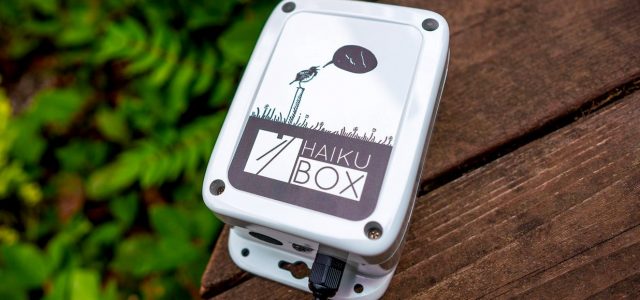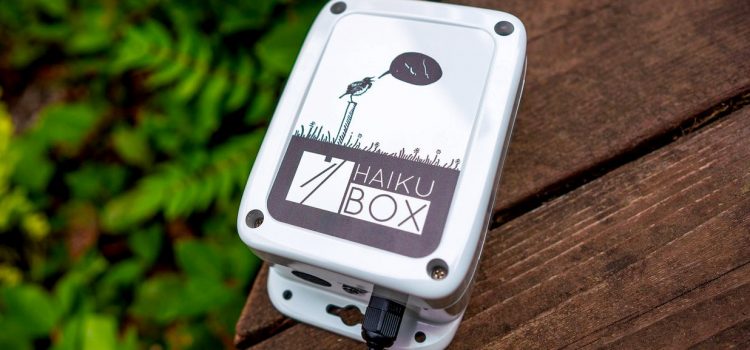


For bird watchers, being able to identify birds by their song is the holy grail. Some people seem to be naturals, hearing a song once and remembering it forever. If you’re like me—not one of those people—you’ve probably had the thought, “Why isn’t there a Shazam for birds?” Surely if Shazam can identify a song with a few seconds of bad audio playing over some blown-out speakers, someone can figure out how to do the same for a bird singing clearly in a nearby tree.
That, in a nutshell, is what the creators of the Haikubox have done—created the Shazam of birdsong.
That in itself is welcome and remarkable, but the Haikubox turns out to be much more than that. It’s one of the rare pieces of technology that actually increases your connection to the world around you, rather than cutting you off.
Neural Net
Bird migration started early this year. I know this because my Haikubox told me. Not in so many words, but it started announcing new warblers arriving by the middle of August, which means they’re already heading south to their winter grounds in Central and South America.
With a full time job and three kids, I don’t have time to get out and go birding every day. I likely would have missed the Cape May warblers when they came through for a couple weeks at the end of August. They never stay long, and I always thought they stuck to the birch clearings a good mile up the road. Thanks to the Haikubox, I know that while they do tend to spend their days elsewhere, they pass by my home in the mornings. I was able to see them because the Haikubox alerted me whenever it heard one.
This is the magic of the Haikubox—it expands your world.
Photograph: Haikubox
For something so remarkable, the Haikubox is decidedly prosaic in appearance. It’s a 4 x 6-inch rounded-square box that’s about 2 inches thick. On the bottom is a sealed exit for the power cord and a small microphone that records sounds around the Haikubox. While the device is weather-resistant, and I have had no trouble with it in the rain, the company recommends keeping it out of direct sunlight. Don’t submerge it. Once you have a good spot, plug it in and connect it to your Wi-Fi network via the Haikubox Connect app. The Haikubox will start recording audio 24/7.
That’s the end of the hardware, but that’s not where the magic really lies. Once connected to your wireless network, the Haikubox sends its recorded sounds to servers at the world-renowned Cornell Lab of Ornithology.
The Ornithology Lab has thousands of birdsong samples and a neural net for processing them. Neural networks are a form of machine-learning software well suited to recognizing patterns in audio—it’s how Siri and Google Assistant understand your voice. Likewise, the neural net can filter out bird songs from background noise. In order to find patterns, it first needs to learn what the pattern is. Cornell’s library of birdsong recordings provides the training that the AI needs to learn which sounds are bird songs and which ones are you watering the garden.
Cornell has been tweaking its neural net for some time. If you’d like to experience this without investing in a Haikubox, you can grab Cornell’s Merlin Bird ID app, which relies on a small subset of the data and an AI processor similar to what the Haikubox uses. Haikubox creator David Mann told WIRED that the Haikubox uses a modified version of BirdNet, which is called BirdNet for Haikubox.
Neither BirdNet nor BirdNet for Haikubox is perfect, but it’s impressively accurate most of the time. Even better, you can use the Haikubox app to help the AI improve.
Multiple Views
Haikubox via Scott Gilbertson
To see which birds your Haikubox has heard and attempted to identify, you can use the Haikubox app for Android, iOS, or the web-based interface. The first time you open the app you set up an account, and then you can log in via that account from any device. The data in each app is the same, and I used all three in the course of my testing. I found the mobile app more useful for notifications, but I preferred to go through and explore the species info in the web app, since I could open eBird and other extra info in background tabs.
